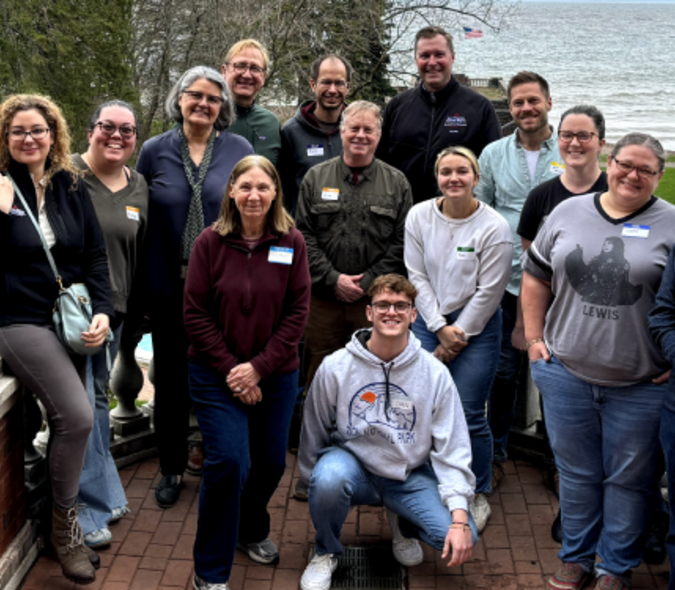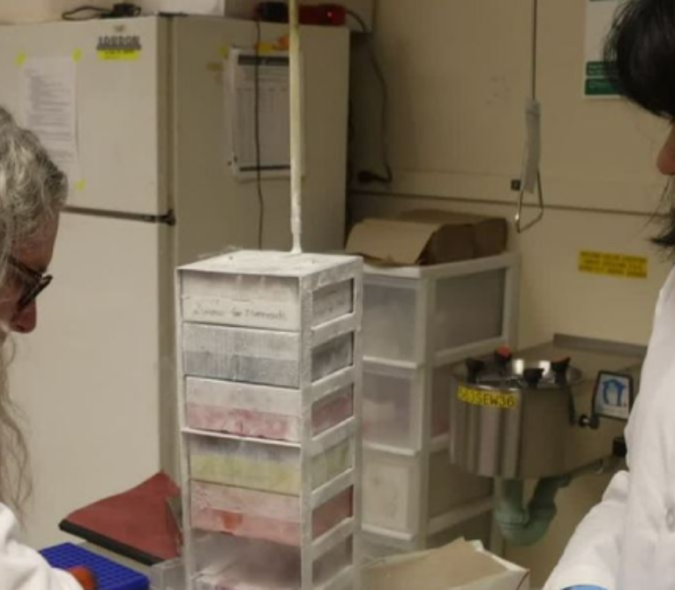
Dr. Zachwieja Co-Authors Two Publications on Recent Laos Research
Alexandra Zachwieja, PhD, Assistant Professor of Biomedical Sciences, recently co-authored two publications after assisting in excavating sites and fossil data collection in Southeast Asia. The first article, by Bacon et. al., "A multi-proxy approach to exploring Homo sapiens’ arrival, environments and adaptations in Southeast Asia," was published in Scientific Reports. The investigators used isotope data from faunal fossil remains found in Laos and Vietnam dating between 86-60 thousand years ago. Bacon et. al. use this data to study climate change and its effect on human dispersal in the region. Findings suggest that dramatic cooling of the area in Marine Isotope Stage 4 (74-59 thousand years ago) altered the faunal communities of Southeast Asia. The paper suggests this climatic shift offered humans a new niche in this rainforest environment that may have been a key factor in their dispersal through the region. Dr. Zachwieja was part of the team that excavated this fossil faunal data.
The second article, by Bourgon et. al.,"Trophic ecology of a Late Pleistocene early modern human from tropical Southeast Asia inferred from zinc isotopes," was published in the Journal of Human Evolution. In this paper, the authors describe using zinc isotopes to assess the trophic level of human teeth from Tam Pa Ling, Laos (dated between 63-46 thousand years old) as compared to local fossil mammals also excavated at nearby sites. Findings (low enamel Zn ratios) suggest this individual had an omnivorous diet, and broadly utilized both animal and plant resources in this rainforest environment. Dr. Zachwieja has assisted in the ongoing excavations of Tam Pa Ling, as well as the excavations of faunal remains from other local sites.



